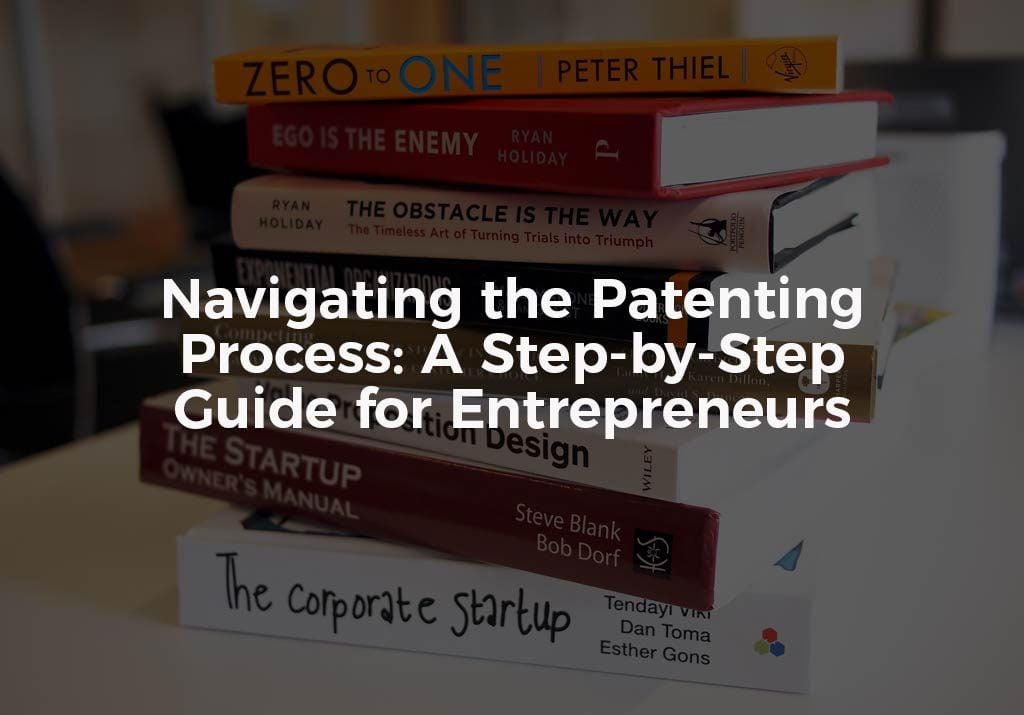Some legal processes are as simple as showing the proper documentation and filing a form, or even just clicking the appropriate boxes in an online form, and then you are officially employed, affiliated with a business, married, or otherwise legally connected to the entity with which you seek to form a legal relationship. Think about the ease, for example, of obtaining a tax ID number for a new business, a copyright for a written work, or even a marriage certificate. By contrast, lawsuits have a reputation for being emotionally draining. Is getting a patent for an invention easy or difficult? It depends. Much like filing taxes, it requires thorough preparation, and it gets much more complicated if you make mistakes, but with the help of a patent prosecution lawyer, you can maximize your chances of a successful application and avoid the pitfalls of unsound or improperly prepared patent applications.
Step One: Preparing to File Your Patent Application
The process of obtaining and using a patent is called “patent prosecution.” Despite its name, the process does not usually involve lawsuits; here the term prosecution means “pursuit,” as in seeking a patent. A strong patent application demonstrates not only what the invention is and why it is useful, but also what is original about it. To show what is original about your invention, you must also show what is not original about it. In other words, you must search for prior art. In patent law, “prior art” refers to previously published or unpublished descriptions of projects similar to yours. You must show how your work builds on and differs from previous research and inventions. A patent lawyer can help you to describe the originality and potential impact of your invention clearly and convincingly, but the more research you do even before your first meeting with the lawyer, the better.
Step Two: Filing Your Patent Application
A completed patent application includes a description of the invention, a unit of the invented item, and a set of statements (referred to as claims) about the practical applications of the invention. Working with your lawyer, you should file your application in a timely manner. Since 2009, United States law grant patents on a “first to file” basis. In other words, if two applicants try to patent very similar inventions at around the same time, the patent goes to the person whose application was received first. Even with excellent documentation, it is virtually impossible to determine who invented the item first.
Step Three: Office Action
The Patent Office reviews submitted applications and sends a report called the Office Action to the applicant. This report contains challenges to the applicant’s claims about the invention’s originality and usefulness. You may respond to the points in the Office action either by reasserting your claims with stronger supporting arguments or by modifying your application according to the reviewers’ suggestions. Once the applicant and the Patent Office reach an agreement that the invention is ready to be patented, the patent is granted.
Contact the Rapacke Law Group About Patent Prosecution
Preparing a strong application the first time can help you secure a patent more quickly. Contact the Rapacke Law Group in South Florida for a free consultation.




